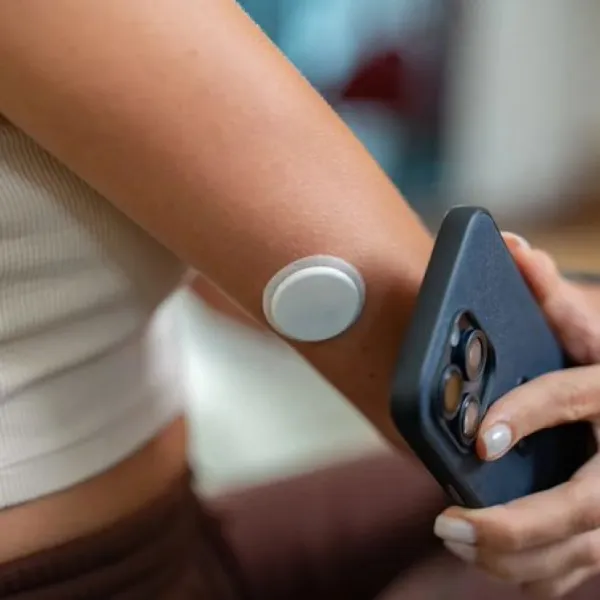Even Healthcare Expands Outcome-Based Model with Plan for 25 Hospitals in 3 Years

The company has launched its first hospital in Bengaluru, operating with salaried doctors whose performance is measured based on clinical outcomes.
Even Healthcare, a Bengaluru-based health tech firm, is set to open 25 hospitals over the next three years, anchoring its operations in a model focused on prevention and patient outcomes, instead of India’s prevailing fee-for-service system.
The company has launched its first hospital in Bengaluru, operating with salaried doctors whose performance is measured based on clinical outcomes.
“The prevailing healthcare structure incentivises volume—consultations, tests and procedures—rather than better outcomes. In the fee-for-service model, patients avoid visits due to cost, providers are incentivised to do more, and payers struggle to keep control. It puts everyone at odds,” said Matilde Giglio, Co-founder and Chief Operating Officer, Even Healthcare.
“Even is trying to realign this by building an integrated system where the focus is on staying healthy rather than simply seeking treatment when something goes wrong,” she added.
Even’s clinical protocols are aimed at early detection, preventing unnecessary hospitalisation, and ensuring extended care after procedures. “The idea is not just to treat illness, but to help people stay well and avoid avoidable hospitalisation altogether,” Giglio said.
To reach more people, the company has introduced Even Care Connect, a free helpline that offers surgical guidance without requiring users to be registered. “We don’t work on commissions, and there’s no financial incentive tied to recommending procedures,” she noted.
Giglio also highlighted how Even's fixed-rate partnerships with diagnostic centres help lower costs. “We’re able to pass on savings directly to patients. For example, tests booked through us can cost up to 50 per cent less than market rates,” she said.
She cited a post-surgical care case where Even’s monitoring helped detect unrelated ulcers in a diabetic patient weeks after a routine IUD insertion. “We monitored the patient beyond the typical discharge period and helped avoid a more serious problem,” she said.
“Progress will take time. But if the system, both public and private, invests in continuity and coordination, the outcomes can improve across the board,” Giglio added.
Stay tuned for more such updates on Digital Health News





























